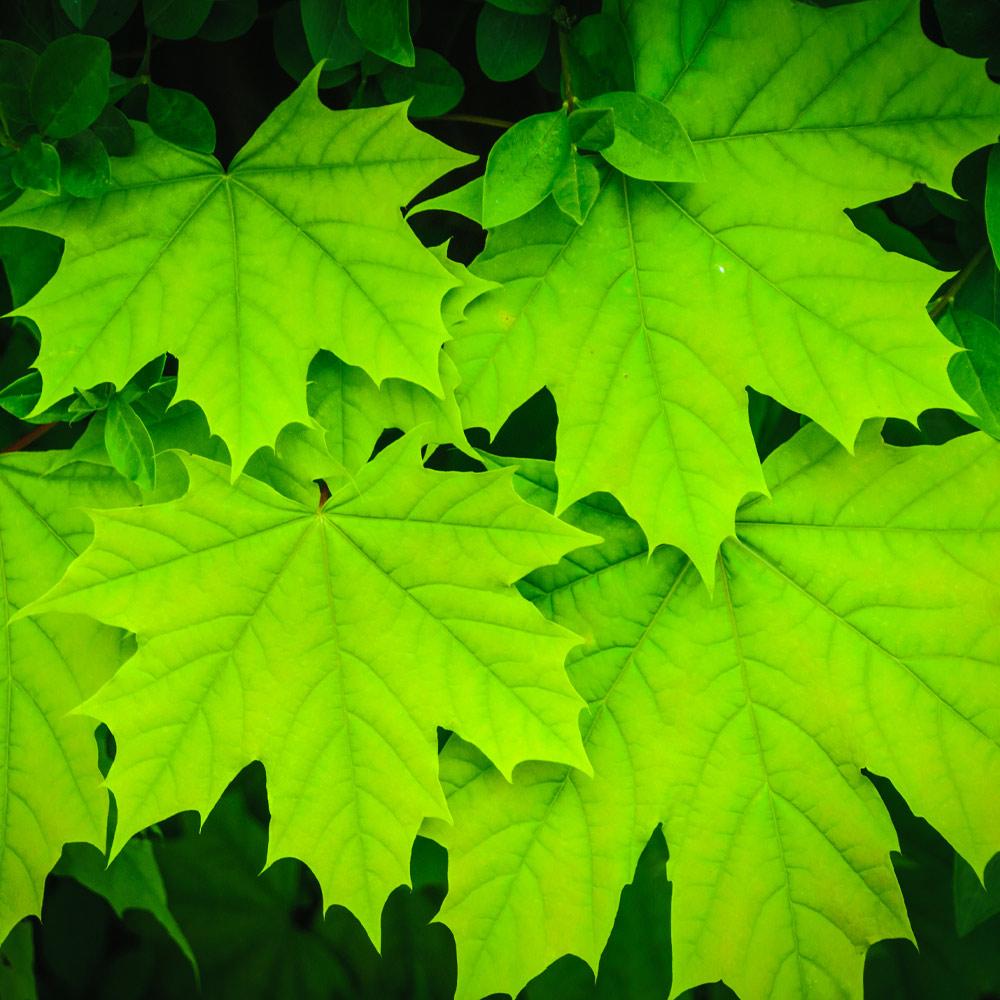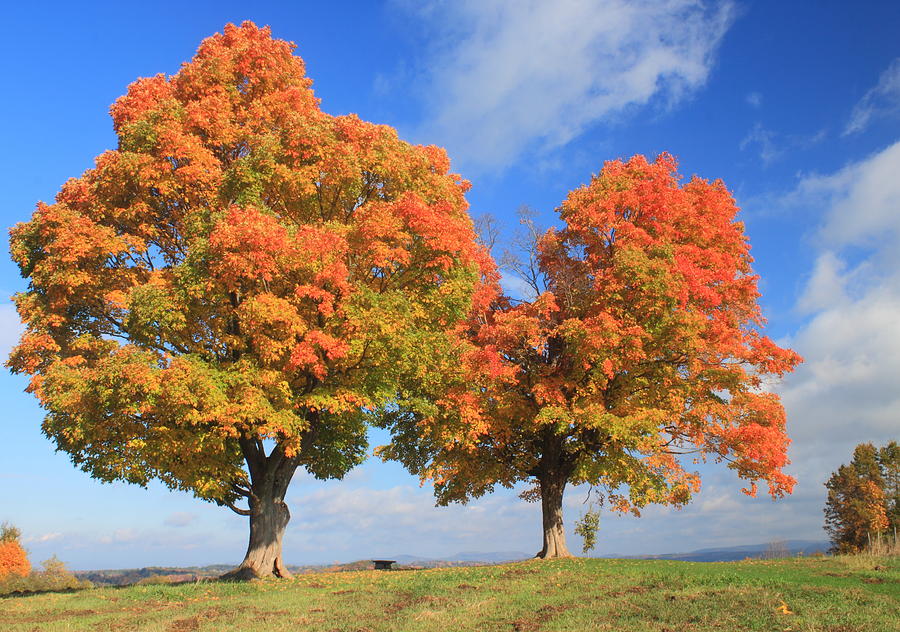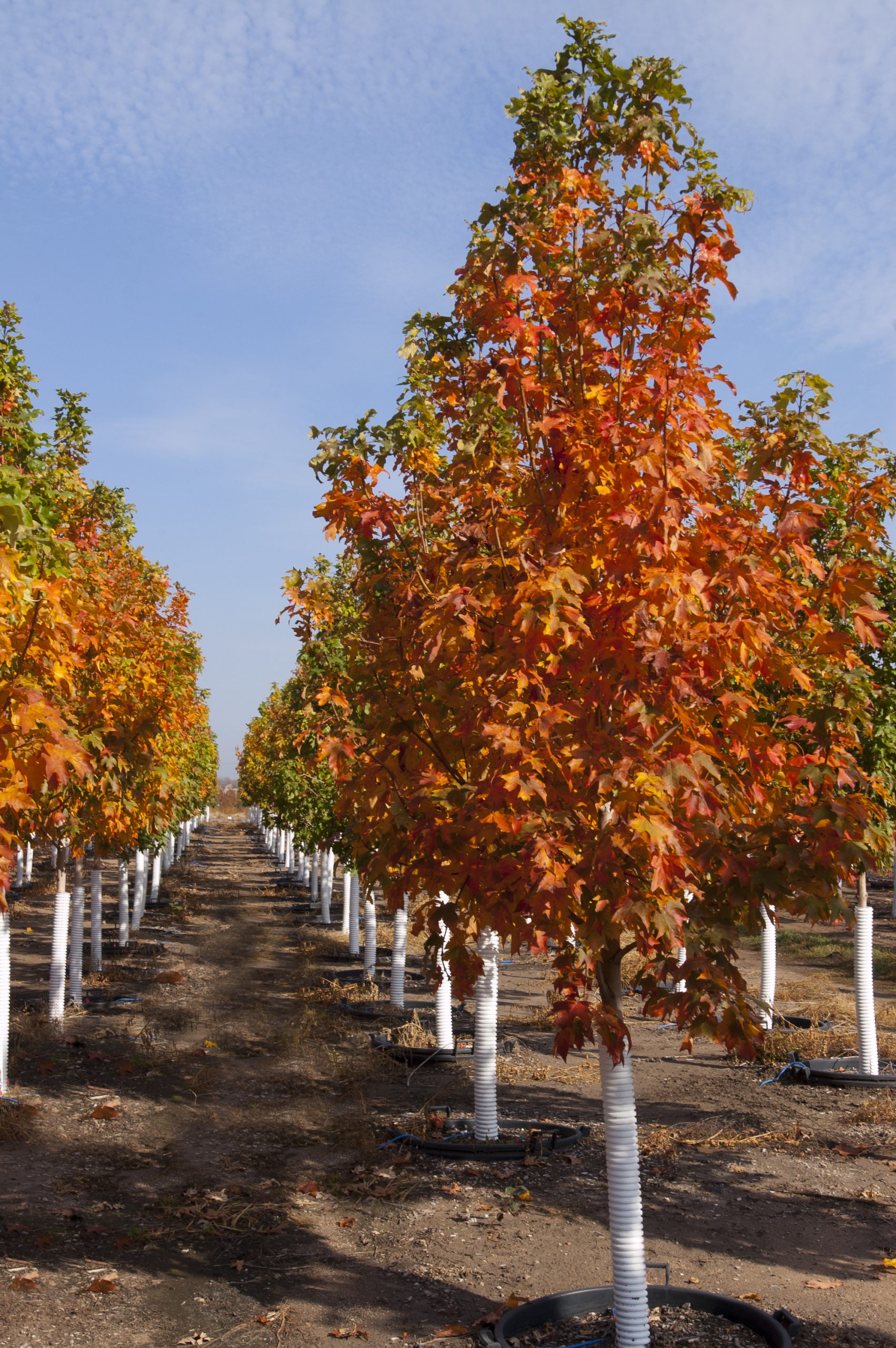
Planting: Tolerant of soggy soils, Sugar Maples grow nicely in any fertile soil but prefer well-draining soil. And we're here to help every step of the way.so, don't wait - get your Sugar Maple Tree today!ġ. You won't get the same benefits from big box stores or other nurseries. Now, you reap the rewards of our hard work at the nursery with better long-term results in your own landscape. But the best part of our Sugar Maple is that we've planted, grown and nurtured it long before shipping.

With a gorgeous array of brilliant colors, Sugar Maples make an exceptional roadside tree. The show of color ends with an unmatched deep red that will keep you looking forward to next fall. That's when the substantial green leaves morph to rich golds, bright yellows, then a burnt orange so vivid it almost glows. In fact, its autumn foliage stands out above all others in the landscape. Plus, you get a show of color like no other. It's no wonder New York and Vermont have both adopted it as their state trees and Canada has adorned its national flag with the Sugar Maple's incredible leaf. Rising to large heights, the Sugar Maple expands its grace, spreading out its incomparable leaves.
#Sugar maple trees how to
They are essentially winged seeds that twirl to the ground when ripe, much to the delight of children who get caught in a shower of “whirlybirds.” How to Identify Maple Trees They are subject to wood rot and landowners have to pay the high cost of tree removal or risk collapse.Īnother thing that all maples have in common is their fruit, called samaras. Quick growth results in brittle branches that break and fall easily, often causing property damage. Landscapers use these trees to get quick results, but they may become a problem in the landscape as they age. Their rapid growth results in a soft wood. Soft maples include a wide variety of trees, such as red and silver maples.

They are dull green on top and a lighter color underneath. Hard maples usually have leaves with moderate indentations. The lobes on some maples are mere indentations in the leaves, while others have lobes so deeply divided that a single leaf can look like a cluster of individual, thin leaves. These trees are important to the lumber industry and include black maples and sugar maples, known for their superior quality syrup.Īll maples have leaves divided into three, five, or seven lobes. Hard maples grow very slowly and live a long time. One distinction between the two maple tree types is the rate of growth. To make maple tree identification a little easier, let’s begin by dividing them into two main groups: hard and soft maples.

With all of the variations, it’s hard to pinpoint a few obvious features that make a tree a maple. Maple trees are members of the genus Acer, which includes a lot of variety in size, shape, color, and growth habit. Find out about some of the most popular maple tree varieties in this article.

From the little 8 foot (2.5 m.) Japanese maple to the towering sugar maple that can reach heights of 100 feet (30.5 m.) or more, the Acer family offers a tree just the right size for every situation.


 0 kommentar(er)
0 kommentar(er)
